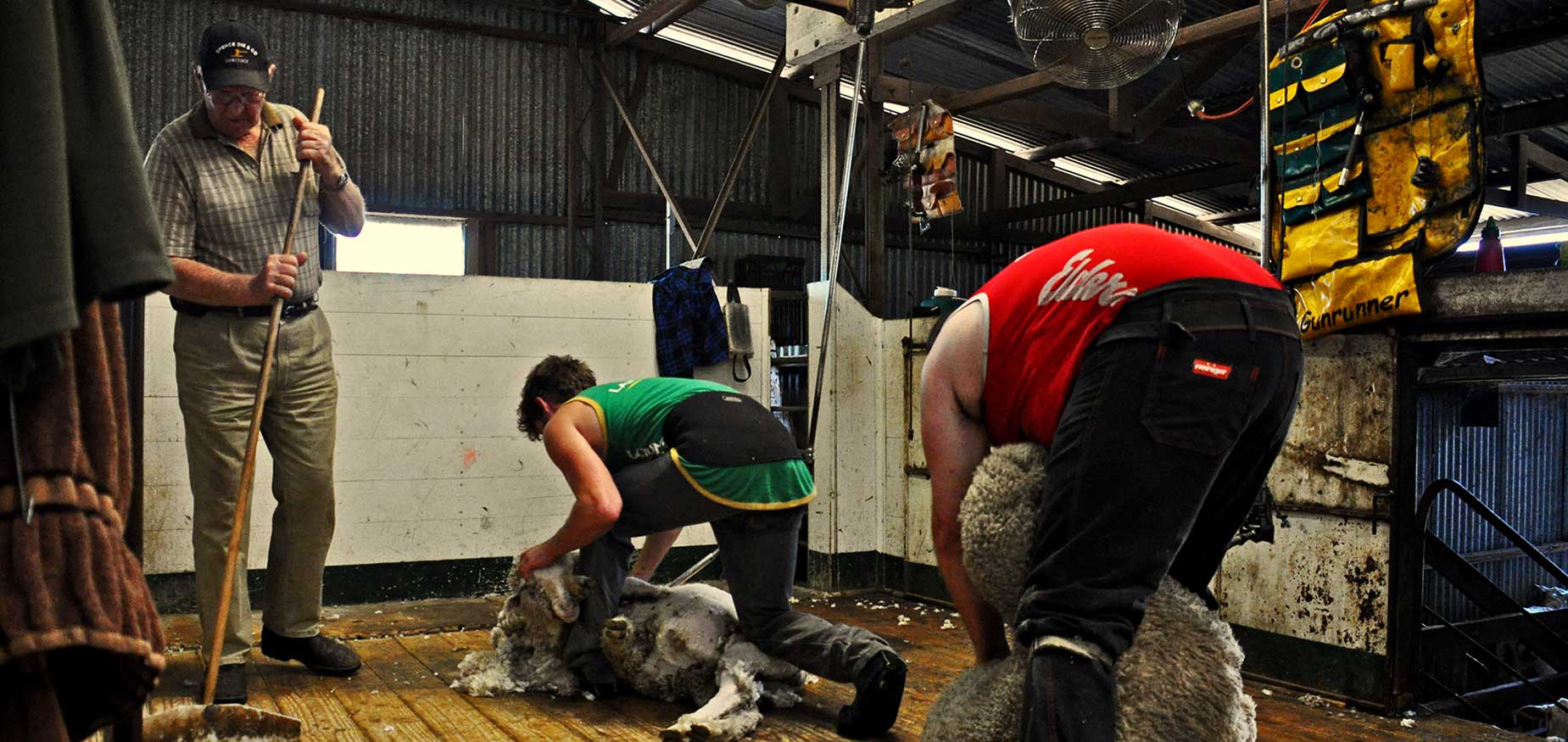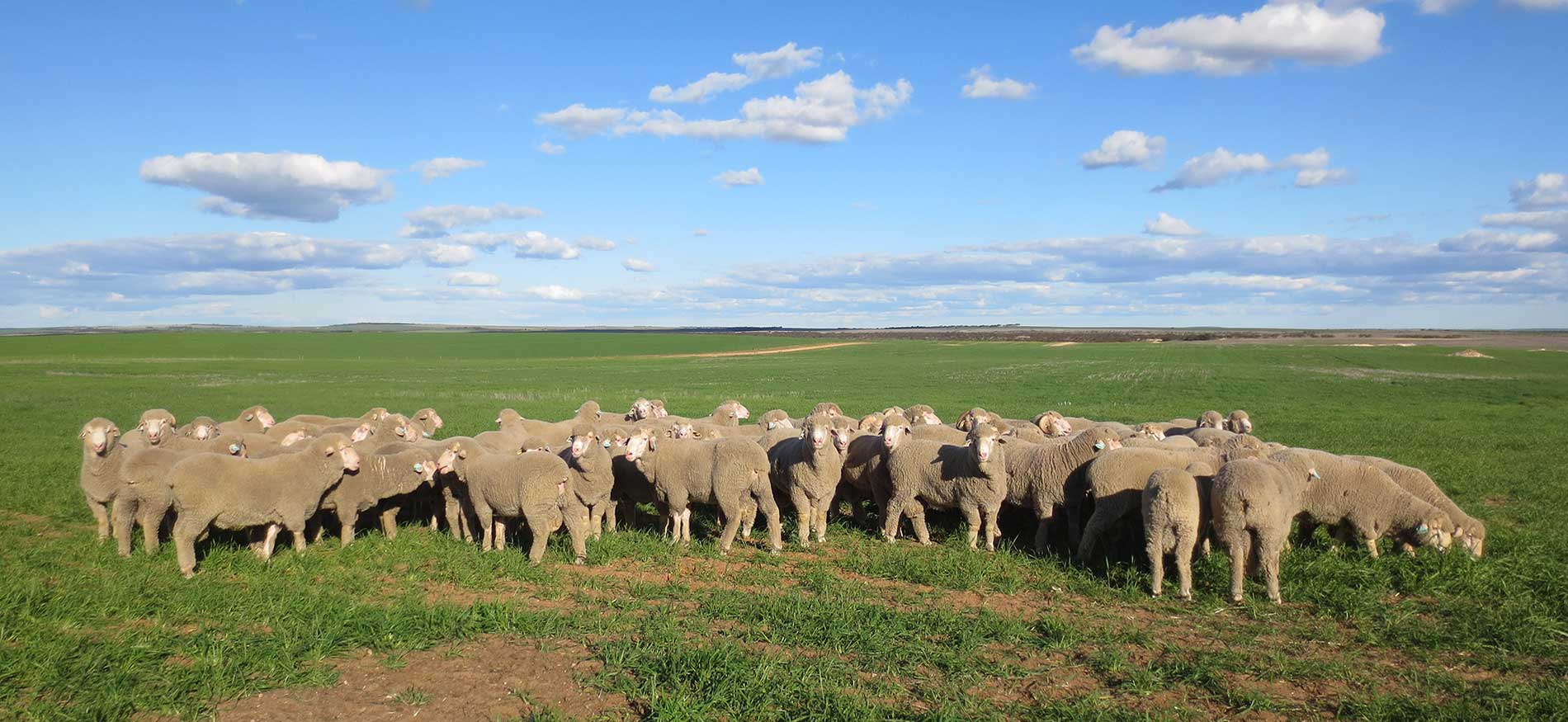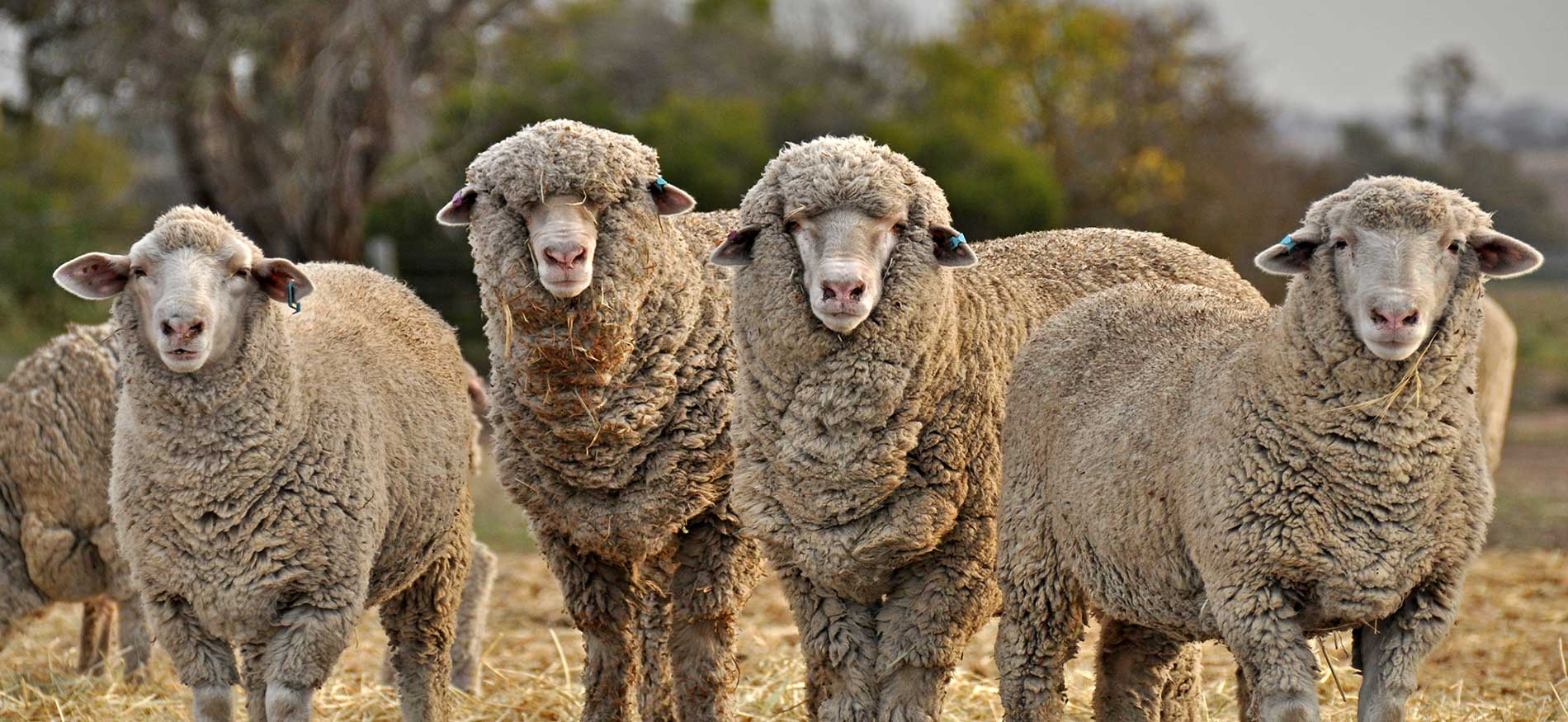Stock Journal Feature - February 2025
Author: Deb Scammell, Talking Livestock
Due to the prolonged dry period, we’ve been experiencing, there are a few things to think about when we look at supplementary feeding ewes and lambs over the coming months.
The cereal hay this year is quite low in fibre and in most cases has high energy and protein. Due to the dry and short growing season in a lot of areas, the hay crops didn’t reach their usual height, meaning they didn’t develop their normal fibre content when they were cut. This hay is ideal when you are needing higher energy in rations, however it is not going to work as well feeding ewes in early pregnancy when ewes are locked up with a moderate maintenance energy requirement.
When we look at a feed test of hay and look at fibre content, we look at NDF (Neutral Detergent Fibre). The average NDF of 2024 cereal hay has been in the range of 47 – 50%. As a comparison, straw is often around 70% NDF and 2022 hay on average had an NDF of 65% plus. The fibre level determines how much an animal can ingest in a day.
When feeding ewes locked up in containment or sacrifice paddocks, straw can be fed ad-lib and the higher fibre content will often restrict intake to around 1 – 1.2kg/ewe/day. If you offer 2024 cereal hay ad-lib, ewes are likely to eat around 1.7 – 1.8kg /ewe/day meaning they are going to get around 18MJ of energy which is significantly more than their daily energy requirement (11MJ energy/day for maintenance for a 70kg Standard reference weight merino ewe).
This makes feeding difficult as 2024 hay is either going to have to be rationed out or more fibrous hay or straw utilised in early pregnancy if possible. Providing excess energy for an extended period will allow ewes to become too fat during pregnancy which can lead to an increased risk of lambing issues and ewe mortality. The 2024 cut cereal hay is also very high in water soluble carbohydrates (WSC) which can have an impact on rumen function.
For ewes and lambs which are being supplemented with hay and grain, these feeds are usually calcium deficient and not balanced adequately for the 2:1 calcium to phosphorus ratio needed. It’s important to supplement ewes with calcium anytime they are on cereal feeds to enable them to have plenty of bone calcium reserves as they go into lambing. Growing lambs also need adequate calcium and a calcium: phosphorus ratio of at least 2: 1 in the overall ration to allow high growth rates when being fed cereal based grains. Full feed pellets often have good macro and micromineral levels to correct this balance.
If ewes and lambs haven’t been on green feed for a long period of time, we also have to be careful of vitamin deficiencies. Vitamin A is produced by the conversion of carotene found in green, leafy forages. Deficiencies occur when stock are supplementary fed and haven’t had access to green feed for a period of time especially in young stock.
Vitamin E is also found in green feeds, however, is poorly stored in the body so daily intake is required. If feeding hay or grain or grazing stubbles for an extended period of time, vitamin E supplementation may need to be considered also. Vitamin A and E can be supplemented in injectable form or daily in loose licks, blocks or within grain additive pellets. Good full feed pellets should also contain adequate levels of Vitamin A and E.
It's important to meet daily energy requirements to enable a successful lambing result after a tough season, however a balance of fibre, minerals and vitamins is also critical to avoid health problems and make the long period of feeding worthwhile.





